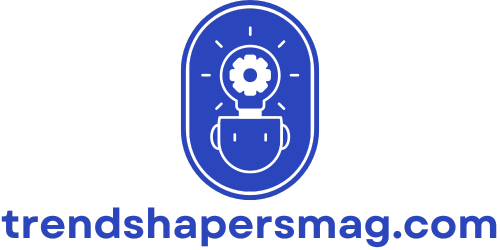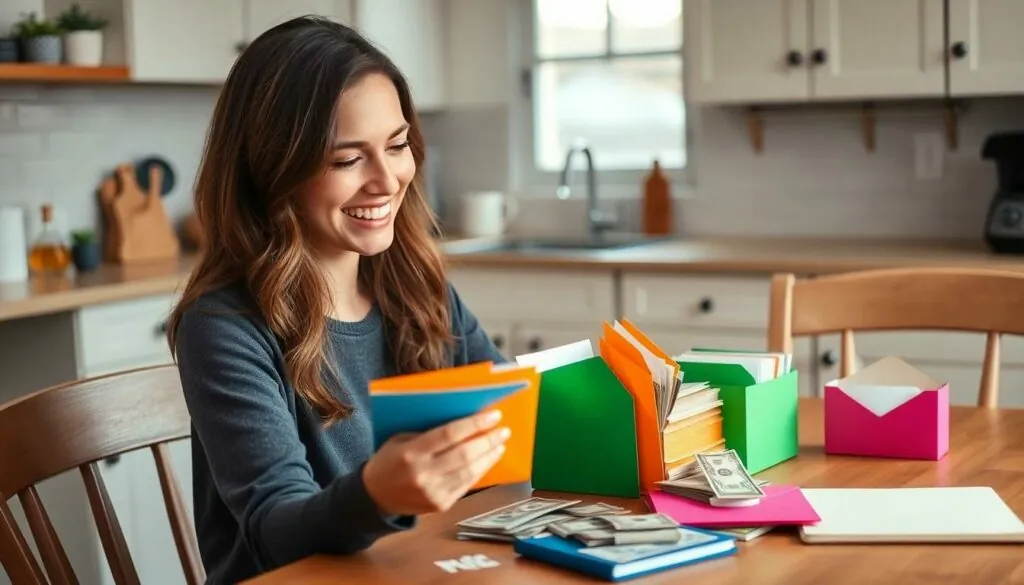Table of Contents
ToggleImagine walking into a store with a pocket full of cash, each bill representing a specific category of your budget. That’s the magic of envelope budgeting! It’s like having a personal finance coach in your pocket, guiding you through every purchase. This method transforms budgeting from a dull chore into a fun game where you can actually see your money in action.
Understanding Envelope Budgeting
Envelope budgeting serves as a tangible way to manage finances. This method guides individuals in visualizing their spending and encourages discipline in their financial habits.
Definition of Envelope Budgeting
Envelope budgeting refers to a method where individuals allocate specific amounts of cash into different envelopes representing various spending categories. Each envelope corresponds to a particular expense, such as groceries or entertainment. When cash runs out in one envelope, spending in that category stops. This approach provides a clear understanding of financial limits and promotes mindful spending.
How It Works
Envelope budgeting operates through a straightforward system. Individuals start by determining their monthly expenses and creating corresponding envelopes for each category. Cash is then withdrawn and distributed among these envelopes based on budgeted amounts. Whenever a purchase occurs, cash is taken from the appropriate envelope. When an envelope empties, it signals the need to prioritize spending for the remainder of the month. This method not only aids in preventing overspending but also cultivates financial responsibility.
Financial Control

Envelope budgeting provides significant financial control by allowing individuals to monitor and manage expenditures effectively. This method instills a clear sense of limits through cash allocation, ensuring that spending doesn’t exceed designated amounts.
Enhanced Spending Awareness
Envelope budgeting enhances spending awareness by making financial habits visible. Individuals can see how much cash remains in each envelope, fostering mindfulness throughout the spending process. Observing rapid depletion in an envelope quickly signals caution, prompting more thoughtful purchases. Categories like groceries or entertainment receive dedicated attention, highlighting areas of overspending. Tracking expenses becomes straightforward, reducing the likelihood of impulse purchases. This visibility encourages individuals to reflect on their desires versus needs, helping align spending with priorities.
Increased Savings Potential
Increased savings potential arises as the envelope budgeting method promotes discipline. When individuals allocate specific cash amounts per category, they often find unspent money accumulating in envelopes. This surplus offers opportunities to redirect funds toward savings goals. Setting aside cash for emergencies or future investments becomes simpler and more achievable. By adhering to cash limits, people avoid debt accumulation, ultimately creating a healthier financial landscape. Furthermore, this method provides an immediate visual cue, reinforcing the importance of saving before spending.
Practical Application
Envelope budgeting effectively enhances financial control and promotes mindful spending. This method requires individuals to actively engage with their finances, leading to better overall self-management.
Setting Up Your Envelopes
To start, individuals must identify their monthly expenses. Categories often include groceries, transportation, and entertainment. After identifying necessary categories, allocate specific amounts of cash to each envelope based on budgeted needs. It’s essential for individuals to ensure that the total cash equals their predetermined spending limits. Some may also decide to use a digital approach for tracking envelopes while maintaining a physical cash system. Establishing clear categories and amounts fosters accountability, encouraging proper management of finances.
Tips for Successful Envelope Budgeting
Success with envelope budgeting hinges on commitment and consistency. Individuals should regularly review their envelopes and adjust amounts according to changing needs. Staying disciplined helps avoid overspending in certain categories. Using cash instead of cards encourages mindful purchases, making it easier to stick to limits. For extra motivation, consider setting savings goals for leftover cash in envelopes. This method cultivates a sense of achievement, reinforcing responsible financial behavior.
Personal Experiences
Envelope budgeting creates engaging financial management experiences. Users often report enhanced awareness of their spending habits thanks to the tangible nature of cash envelopes.
Testimonials from Users
Many individuals feel empowered by envelope budgeting. One user highlighted how visualizing cash in different envelopes turned spending into a mindful activity. Another mentioned that cash limits encouraged thoughtful decisions, which reduced impulse purchases. Positive feedback emphasizes that remaining within envelope limits often leads to achieving savings goals quicker. Users appreciate the straightforwardness of handling physical cash, stating that it helps them resist overspending through a clearer understanding of their financial boundaries.
Common Challenges Faced
Despite its benefits, some challenges arise with envelope budgeting. Individuals sometimes struggle with sticking to cash limits, especially in categories like dining out. Adjusting envelopes in response to fluctuating expenses can be a task for some, requiring continuous effort. Forgetting to replenish envelopes at the beginning of the month often creates confusion. Adapting to a cash-only lifestyle may also feel restrictive for those accustomed to using credit or debit cards. Users need to commit consistently to effectively navigate these challenges, ensuring the method remains successful in the long run.
Envelope budgeting stands out as a powerful tool for financial management. By providing a visual representation of spending, it transforms budgeting into an engaging and mindful process. Individuals gain a clear understanding of their financial limits and can effectively monitor their expenditures. This method not only fosters discipline in spending habits but also encourages users to reflect on their priorities. As they accumulate unspent cash in envelopes, they can redirect funds toward savings goals, reinforcing the value of financial responsibility. Ultimately, envelope budgeting empowers individuals to take control of their finances and make informed decisions that align with their long-term objectives.







